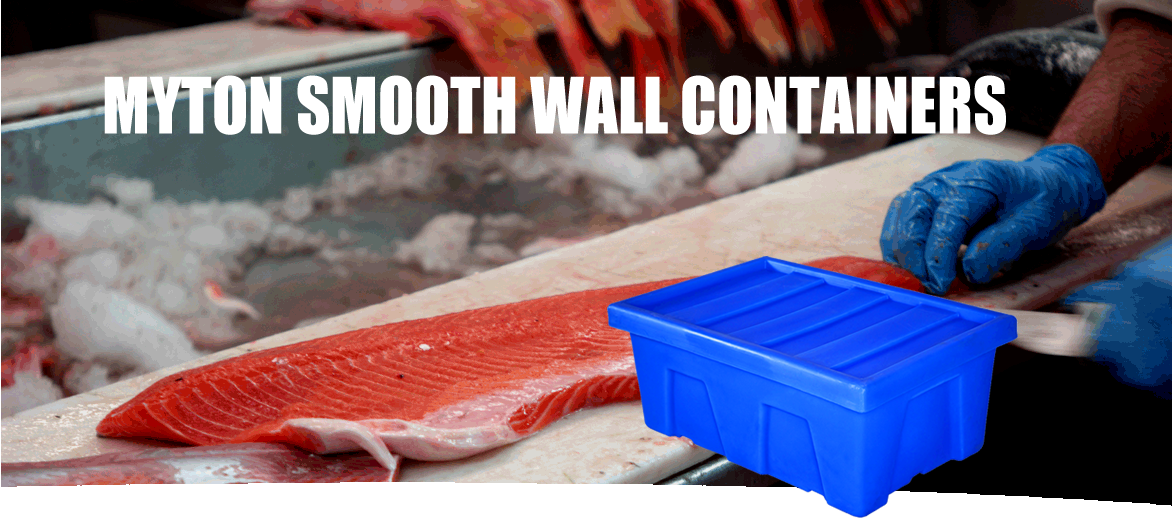Requirements for Polyethylene Bulk Containers to Meet FDA and USDA Standards for Food Contact

Polyethylene bulk containers are widely used in the food and beverage industry for storage, transportation, and processing of food products. To ensure consumer safety, these containers must comply with the standards and regulations set by the U.S. Food and Drug Administration (FDA) and the U.S. Department of Agriculture (USDA). This article outlines the key requirements for polyethylene bulk containers to meet FDA and USDA food contact regulations.
1. FDA Requirements for Food Contact Materials
The FDA regulates materials intended to come into contact with food under Title 21 of the Code of Federal Regulations (CFR), specifically Part 177. For polyethylene bulk containers, the following requirements must be met:
a) Food-Grade Resin
Polyethylene used in bulk containers must be made from food-grade resin that complies with FDA requirements in 21 CFR §177.1520, which governs olefin polymers. This regulation outlines the specific composition and physical properties of polyethylene that are safe for food contact.
- High-Density Polyethylene (HDPE): Commonly used in food storage containers due to its durability, resistance to chemicals, and low moisture absorption.
- Low-Density Polyethylene (LDPE): Approved for use in less demanding applications such as food wraps or liners.
b) Additives and Colorants
Any additives, stabilizers, or colorants incorporated into polyethylene must also comply with FDA regulations. These substances must be listed in the CFR and shown to be safe for food contact applications. The FDA provides a positive list of substances approved for food contact use.
- Colorants must not migrate into food or compromise food safety.
- Additives must be used within the specified limits for concentration.
c) Migration Testing
Polyethylene bulk containers must undergo migration testing to demonstrate that no harmful substances will leach into food under typical usage conditions. Migration limits depend on the type of food, contact temperature, and duration of contact. Testing must show compliance with established FDA guidelines to confirm that:
- No toxic contaminants transfer to food.
- Food safety and quality remain unaffected.
2. USDA Compliance for Food Contact Surfaces
The USDA primarily oversees materials and equipment used in food processing environments, particularly for meat, poultry, and egg products. Polyethylene bulk containers used in these applications must meet USDA standards for cleanliness, hygiene, and durability. Key requirements include:
a) Non-Toxicity and Cleanability
USDA guidelines require that materials in food processing facilities be:
- Non-toxic: Materials, including polyethylene, must not introduce contaminants into food products.
- Impervious and Smooth: Surfaces must be smooth, non-porous, and easy to clean to prevent the accumulation of food residues, bacteria, or mold.
Polyethylene’s non-absorbent nature makes it an ideal material for food contact applications, as it can be easily sanitized and maintained.
b) Chemical Resistance
Containers must be able to withstand cleaning and sanitizing chemicals used in food processing facilities without degradation. USDA-compliant polyethylene bulk containers must resist common cleaning agents such as chlorinated detergents, acids, and alkaline solutions without compromising structural integrity or food safety.
c) Durability and Impact Resistance
USDA standards require containers used in food processing environments to be durable and resistant to damage. Polyethylene containers, especially those made of HDPE, are known for their impact resistance and longevity, making them suitable for repeated use in harsh environments.
3. Documentation and Certification
To ensure compliance, manufacturers of polyethylene bulk containers must provide documentation that demonstrates adherence to FDA and USDA regulations. This includes:
- Certificates of Compliance (COC): A document verifying that the polyethylene resin and additives meet FDA food contact standards.
- Test Results: Documentation of migration testing and other food safety evaluations.
- USDA Approval: For containers used in meat, poultry, or egg processing, manufacturers may need approval from USDA inspectors to confirm compliance with sanitation requirements.
4. Design and Construction Considerations
In addition to material compliance, the design and construction of polyethylene bulk containers must support food safety. Specific design features include:
- Seamless Construction: Containers should have no cracks, crevices, or seams where food particles or bacteria can accumulate.
- Sanitary Corners and Edges: Rounded corners and smooth edges enhance cleanability and reduce contamination risks.
- Liners and Covers: Optional liners or covers made from FDA-compliant polyethylene can provide an extra layer of protection for food products.
5. Ongoing Maintenance and Compliance
Food industry operators must also maintain polyethylene containers to ensure continued compliance with FDA and USDA requirements. This includes:
- Regular cleaning and sanitization.
- Inspection for damage, cracks, or wear.
- Replacement of containers that no longer meet regulatory standards.
Conclusion
To meet FDA and USDA requirements for food contact, polyethylene bulk containers must be made from food-grade materials, comply with additive regulations, and undergo rigorous testing to ensure safety. Proper design, construction, and maintenance are also essential to ensure these containers remain compliant in food handling and processing applications. By adhering to these standards, manufacturers and food industry professionals can ensure the safety and quality of food products throughout the supply chain.


